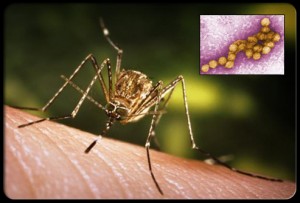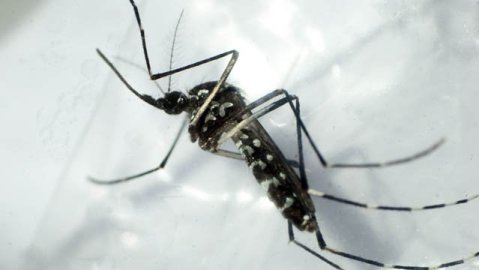Costa Rica News – An adult woman and resident of the province of Guanacaste became the first fatality of dengue since 2010, last year in which there were fatalities from this disease in Costa Rica.
 The woman died several weeks ago but the cause of death was determine Thursday. The results, severe dengue (formerly DHF ) internal bleeding .
The woman died several weeks ago but the cause of death was determine Thursday. The results, severe dengue (formerly DHF ) internal bleeding .
Mary Ethel Trejos, director of Health Surveillance has stated that of the 13 deaths that were under investigation for suspicion of dengue seven were excluded. Two people did have dengue at death but died of other causes, and this is the first dengue death of the year. Three other cases are still under investigation.
The process of investigation of death is determined by the fact that there is suspicion on the cause of death, and the review process to determine what killed the person takes time. Trejos specified that there is no information on the exact age of the woman, the Guanacaste area in which she lived and the date of her death.
Since its entry into the country, in 1993, 22 people have died from the virus, including the Guanacaste woman. 2007 was the year when most dengue deaths were reported with eight fatalities.
Dengue fever is a virus transmitted by the mosquito Aedes aegypti. Normally a person who is infected suffers severe body aches and fever.
The number of new cases dropped in the last eight weeks. In epidemiological week 42 (ending October 19 ), there were 853 new patients , 113 less than in week 41 . Trejos predicts that there will be fewer cases as the year comes to an end.
So far this year, 43,825 people have been infected with the virus, highlighting the year 2013 as the year with most cases since the reappearance of the disease in 1993. 2005 is the second year with more patients: 37,798 patients.
This reduction does not mean that monitoring stops, especially in counties where the disease is most active, as in the North Pacific region, where the Ministry will continue with constant monitoring.
People are being advice to not let their guard down because there are still rainy days. This is when mosquitos are more prevalent. It is important to remove empty containers filled with water that can stagnate.
Given these numbers, the Ministry of Health is focused on not to repeating history in 2014. Authorities spent ¢ 232 million to campaigns, and in November scientist will come to the country to train staff on the disease and prevention.
By Brenda Sotelo

